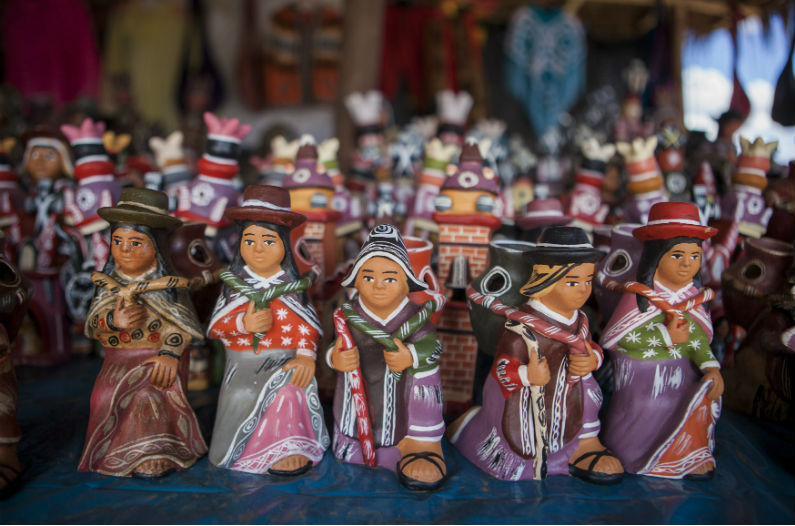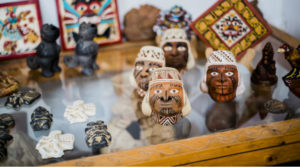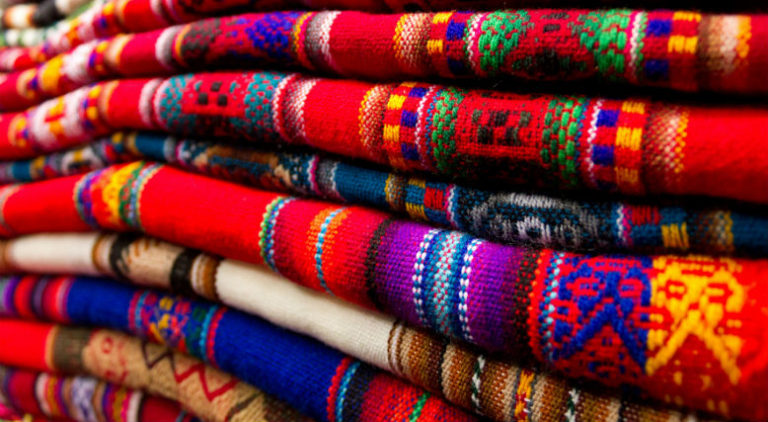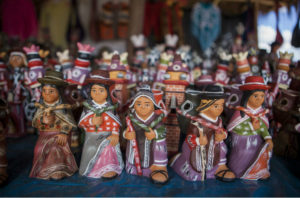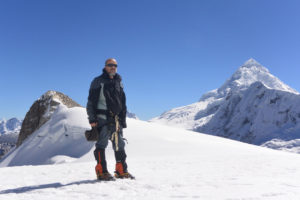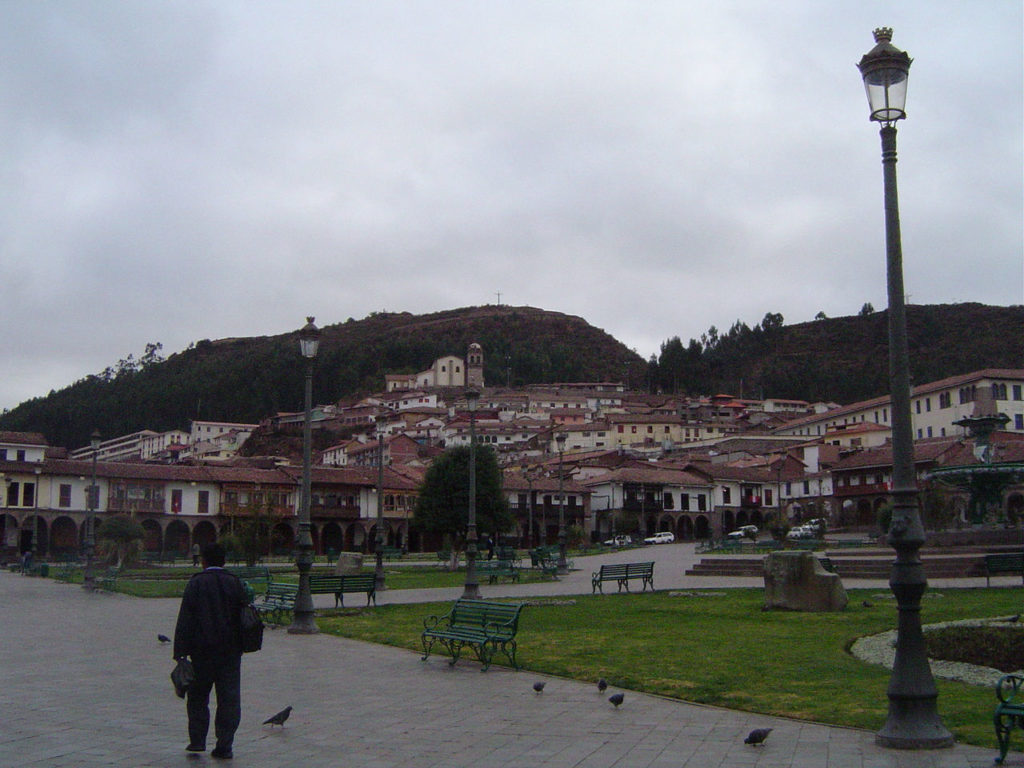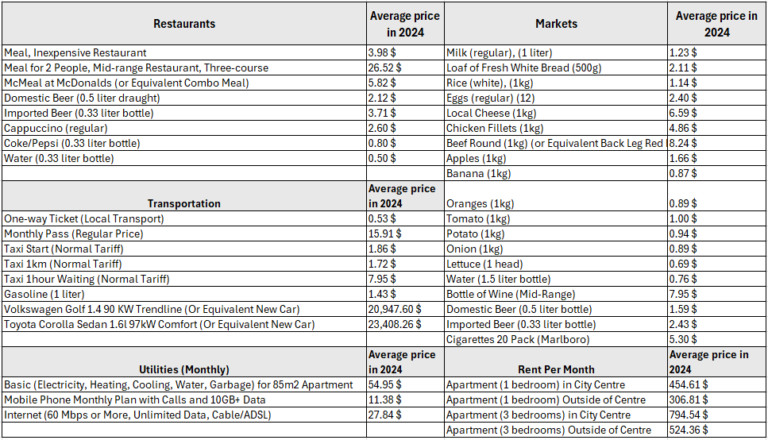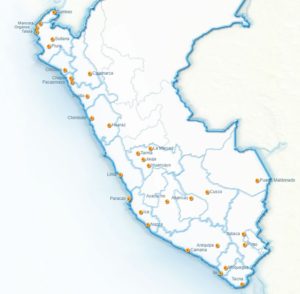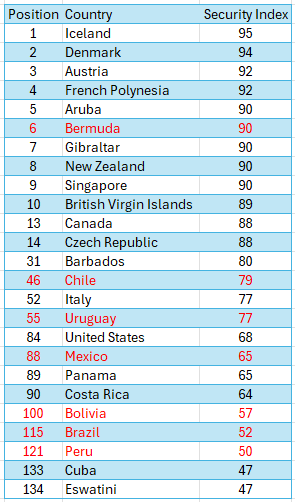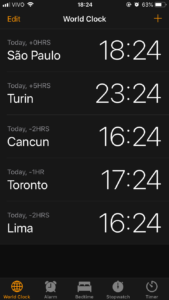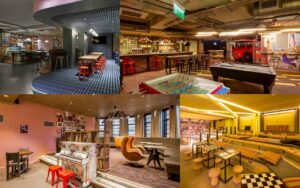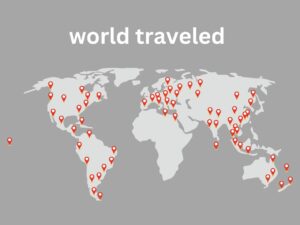
Planing your Travel? Tips and Tricks
Here are tips and tools to make the journey more enjoyable.
If you still have doubt.
Check the blog area with the materials that will help you on your trip as:
Book your flight.
Finding cheap air tickets can be difficult and stressful, but with my blog’s tips and using Skyscanner or Momondo the task can be even fun. Today are the most complete tools on the market . In my experience I have seen that even using others these two end up having the best prices.
Book your accommodation.
If you prefer Hostel a great tool is Hostelwold, If you want besides hostels, other options use the Booking.com. I have used both very often and always find the best prices.
Travel insurance.
Insurance is what we never want to use, but it is traumatic if we need and not have it.
It will cover the costs of any eventuality of illness, injury, theft and / or ticket cancellations, etc. It is extremely important to have as you never know what can happen.
I have used the WorldNomads, which always have the insurance coverage that travelers need, in addition to having coverage worldwide.
